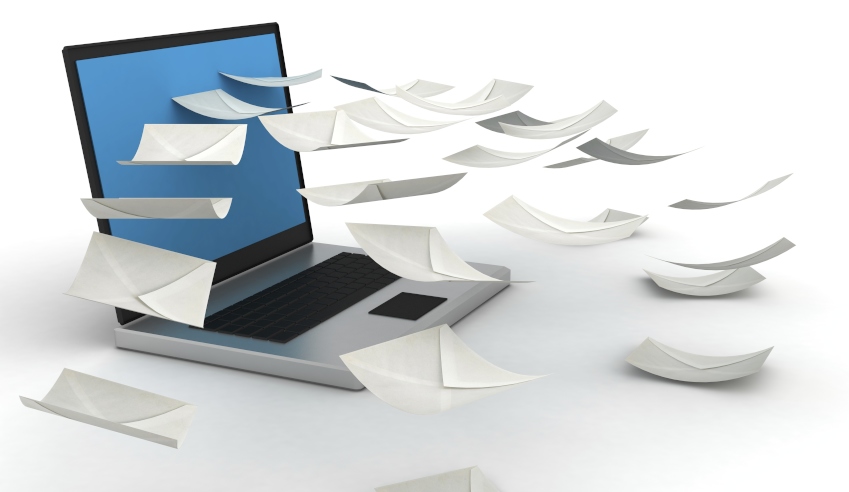We all succumb to the death of email at some point, writes Anthony Hersch.

There seems to be two polar responses to the constant bombardment of communication: either putting your head in the sand and ending up with 2,000 emails in your inbox, or operating in a consistently frenetic state of checking, assessing and responding to emails in a relatively real-time basis.
The upside of the former approach is that ironically, you can stay more on task by not being consistently distracted (though of course, the obvious downside is missing vital events and/or required action). Conversely, the latter approach may enable day-to-day operations be processed, but often at the expense of larger and truly more pressing activities.
As reported this week by the Harvard Business Review, email in particular is a major contributor to the perception of feeling stressed or overwhelmed. It’s been shown that employees spend approximately 28 per cent of their time in the office responding to, reading or composing emails (on average, 39 per cent of time was recorded as spent on role-specific tasks).
The volume of emails being received are peaking two anxieties: falling behind work and missing important information. Both anxieties are correlated with the technology’s asynchrony, which enables messages to be sent anywhere, at any time – which means continuous monitoring to avoid message accumulation. Hence the common behavioural pattern of consistently checking emails, with the average person doing so up to 350x per day.
In short: inboxes are often a symbol of stress and overload. By comparison, a clean inbox is associated with being in control.
The question therefore becomes how can emails be managed more efficiently to maximise time spent on billable tasks? Not surprisingly, good email management is increasingly critical as a personal KPI to measure performance and corresponding productivity. Taking this a step further, it’s perhaps less of a time management assessment versus being more diligent with task prioritisation.
Stephen Covey’s time management matrix is an effective method for dividing emails into task categories and overall, a good tool to reframe priorities:
Covey categorises tasks into four quadrants:
Quadrant I: tasks that are urgent and important (i.e. responding to crises or hard deadlines)
Quadrant II: tasks that are important but not urgent (i.e. relationship building, planning and preparation)
Quadrant III: tasks that are urgent but not important (i.e. general emails, as well as interruptions and some meetings)
Quadrant IV: tasks that are neither urgent nor important
Quadrants I and III consume most time (also referred to as the “email zone”). Understandably, we’re urged to eliminate Quadrant IV as much as possible. On the contrary, Quadrant II often represents high-value contributions, which often aren’t prioritised due to their lower time sensitivity (and therefore often becomes neglected).
Having considered the management principles applied to inputs, the logical next question is how to transfer efficiencies to email outputs? Here are some tips to optimise efforts and responses:
Understand your audience: Don’t default to email for all communications. Be aware of your audience and what medium is most effective for your desired outcome. Be aware that email may not be the best solution. For instance, client relationship management may be far more appreciated via a text or phone conversation, which equates to loyalty and longevity.
Be concise with your messaging: We all tend to skim emails, so make sure that yours gets to the point. Consider using the classic journalistic ‘inverted pyramid’ when communicating your message (i.e. the most important information at the top of the email). Having said that, concise doesn’t mean abrupt – which is likely to be a deterrent to the recipient (i.e. take longer to get what you want).
Make sure your emails are relevant: You don’t want to become a “Quadrant III or IV sender.”
Be clear about your expected response: Be precise about the action you require, and when you require it.
Be timely: There are strong cultural expectations about when is appropriate to receive a response. It’s easy for a respondent to not feel important if they’re kept waiting for long periods. This is a perception, which varies significantly from real-time, but typically doesn’t exceed 24 hours (pending on the nature of the task).
We encourage lawyers to consider their email patterns, and consider implementing a management matrix to maximise performance and increase productivity.

Anthony Hersch is a general manager at JustKapital Disbursement Funding.